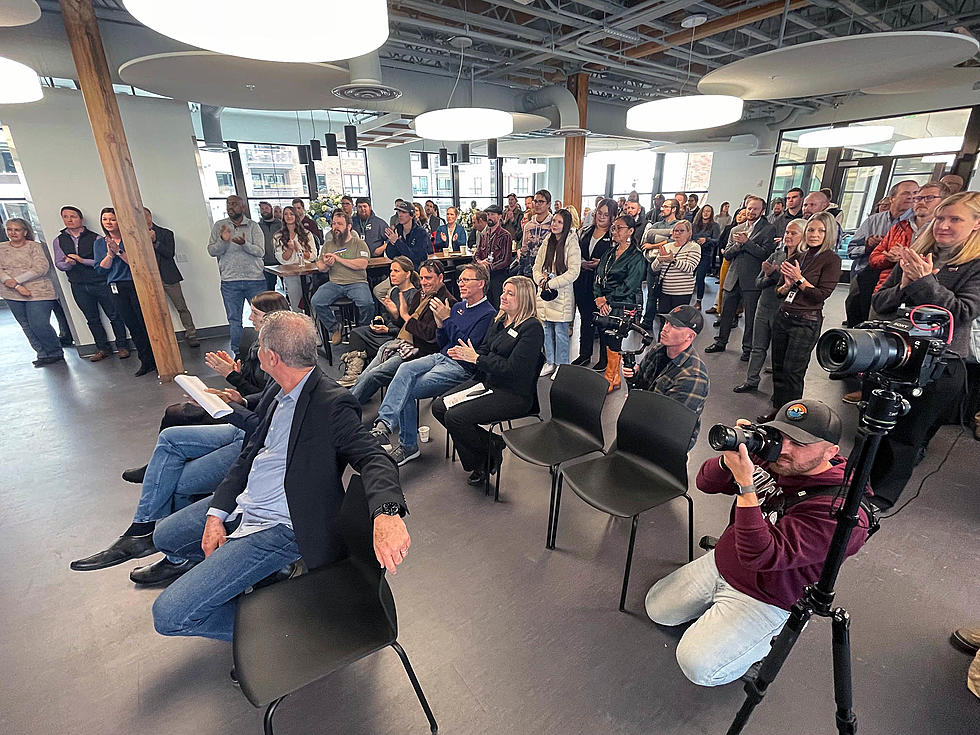
US employers add 311,000 jobs as hiring hot streak rolls on
Kevin Lessmiller
(CN) — The U.S. economy gained 311,000 jobs in February, a sign the labor market has been unfazed by the government’s attempt to slow economic growth through higher interest rates.
While the increase is a drop from the revised 504,000 jobs added in January, payroll growth is continuing to beat expectations. Economists surveyed by Dow Jones had predicted about 225,000 new jobs last month.
The unemployment rate, meanwhile, ticked up from a half-century low of 3.4% to 3.6%, according to a Labor Department report released Friday morning.
“The labor market continues to defy expectations as employers add jobs at a rapid pace and unemployment remains low,” wrote Nick Bunker, economic research director for North America at career site Indeed. “Today’s report is chock full of data showing a labor market with high levels of demand for workers and historically low levels of joblessness.”
The jobs market has remained strong over the past year despite the Federal Reserve raising its benchmark interest rate eight times in a desperate bid to cool down the economy in the face of high inflation. The central bank is expected to hike rates again when it meets at the end of the month.
Wages were up 0.2% in February from the month before, compared to a 0.3% monthly increase in January, and 4.6% over the past year.
Paul Ashworth, chief North America economist at Capital Economics, said the slower monthly wage growth is one positive sign in the Fed’s battle to pump the brakes on the economy.
“The above-consensus 311,000 increase in payroll employment last month confirms that the super-sized 504,000 gain in January wasn’t just a seasonal distortion, but the rest of February’s report will provide some comfort to the Fed – with the unemployment rate rebounding, average weekly hours worked dropping back and average hourly earnings increasing by a muted 0.2% [month over month],” Ashworth wrote.
He said the jobs report “was not a knockout blow for either the Fed hawks or the doves,” and predicted the central bank’s next rate hike decision on March 21-22 will come down to February’s consumer price index report, which is set to be released next week.
“We still think the Fed will stick with a 25 [basis point] increase but acknowledge that, after Chair Jerome Powell’s hawkish testimony this week, it’s a very close call,” Ashworth said, suggesting the benchmark rate would move up from to a range of 4.75% to 5%.
The leisure and hospitality industry led the way in hiring again last month with the addition of 105,000 positions, including 70,000 at food and drinking establishments. Despite averaging 91,000 new jobs monthly over the past six months, the sector is still down 410,000 compared to its pre-pandemic level.
Retail payrolls rose by 50,000 in February while professional and business services added 45,000 positions, continuing an upward trend. The health care sector added 44,000 jobs last month, including 19,000 in hospitals and 14,000 in nursing and residential care facilities. In addition, there were 24,000 more jobs in construction and 19,000 more in social assistance.
Not every field saw gains, however. The information sector lost 25,000 jobs, including 9,000 in the motion picture and sound recording industries and 3,000 in telecommunications. There were also 22,000 fewer transportation and warehousing positions in February.
The public sector, meanwhile, added a total of 46,000 jobs. That includes a robust gain of 37,000 in local government and more modest gains of 7,000 and 2,000 at the federal and state levels, respectively.
Overall, the American economy is averaging 343,000 new jobs a month over the past six months.
Bunker pointed to moderating wage gains and a rise in workforce participation as signs of a solid economic foundation.
“Job gains this strong and unemployment this low might be concerning in the face of stubbornly high inflation, but there are signs that the labor market is heading toward a strong, stable, and sustainable pace of growth,” he said.
